
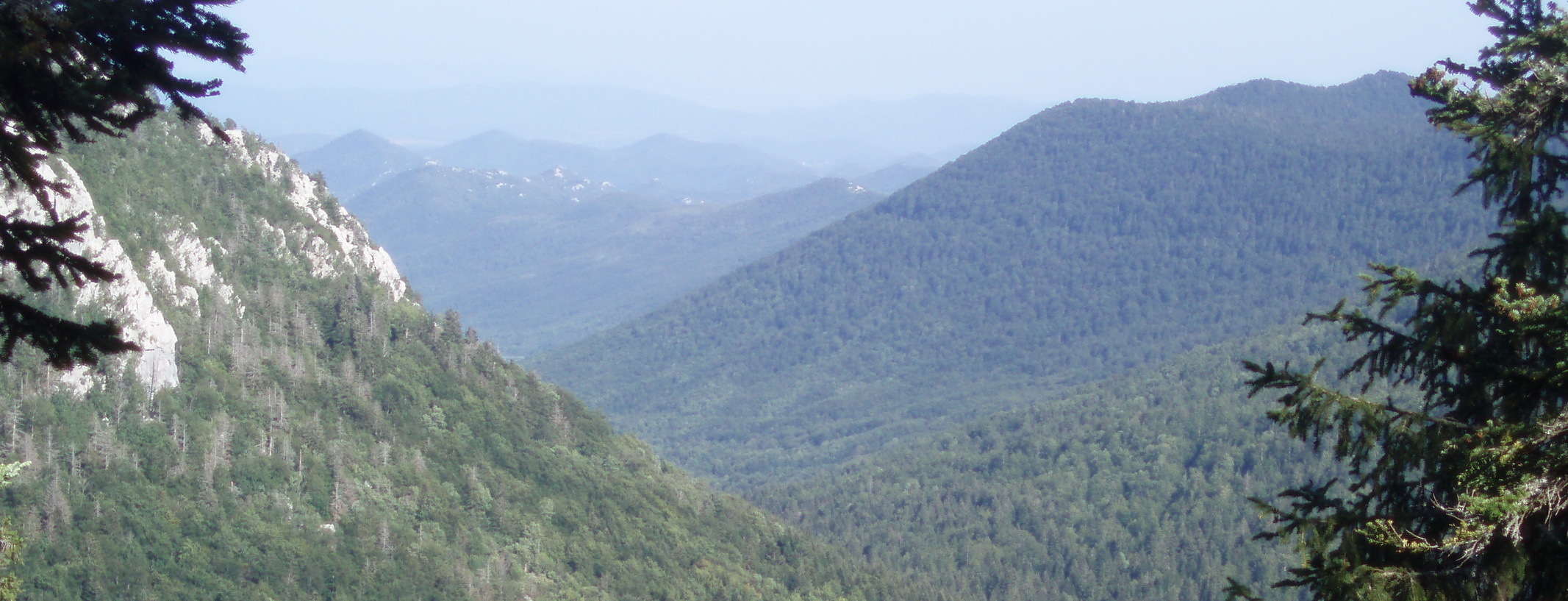


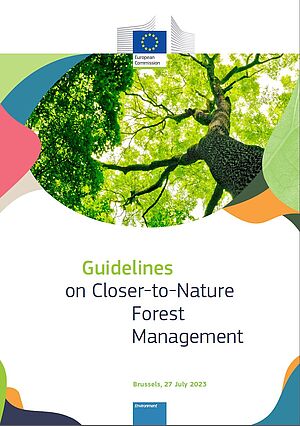
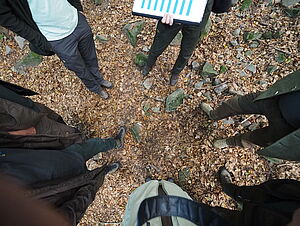
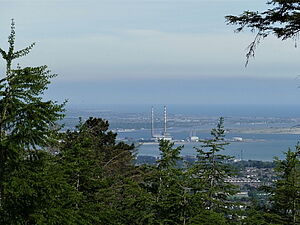
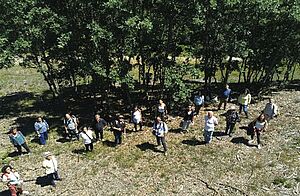
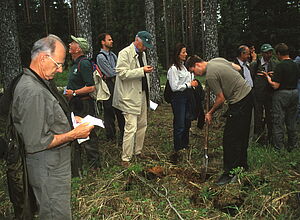
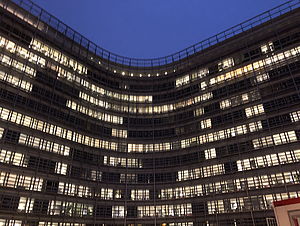
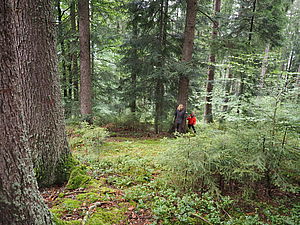
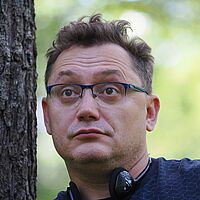
President
Ass. Prof. Stjepan Mikac, Ph. D.
Croatian Forestry Society - Pro Silva Croatia
Trg Mazuranica 11
HR – 10000 Zagreb
e-mail: smikac(at)sumfak.hr
prosilva@sumari.hr
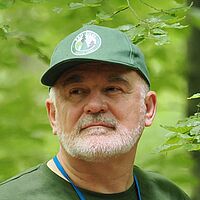
Oliver Vlainic, dipl. ing. šum.
Croatian Forestry Society
Trg Mazuranica 11
10000 Zagreb
Croatia
e-mail oliver.vlainic(at)sumari.hr
tel: +385 1 48-28-359
mob: +385 98 438-995
At the annual assembly of the Croatian Forestry Society (CFS), held on October 19, 2022, Stjepan Mikac, Ph. D., was elected for the new president of the Pro Silva Croatia (Pro Silva Croatia is a section of CFS). Stjepan is associate professor of silviculture at the Faculty of Forestry and Wood Technology, University of Zagreb. His scientific fields are close to nature silviculture, silvidynamics, structure and regeneration processes in the old growth forests.
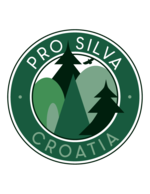
Pro Silva Croatia is a subdivision of the Croatian Forestry Society and a national affiliate of the Pro Silva association. It was established on June 14, 2004, by the 108th general assembly of the Croatian Forestry Society. It is closely related to the acivities at the Forestry Faculty at the University in Zagreb and also to acivities in the Croatian state forests.
Pro Silva Croatia promotes principles of „Zagreb school of silviculture“ in forestry practice:
1. Supporting the natural dynamics and structure of forests
Silvicultural treatments in a forest stand are governed by its natural dynamics. The goal of regeneration and tending is to form such a structure of a forest stand which will conform to autochthonous tree species, sites and management objectives. These objectives include both market and non-market forest functions.
2. Natural regeneration
Natural regeneration is the culmination in the life cycle of a forest stand and a reflection of balanced relationships among all the constituent elements of a mature and vital forest ecosystem. The application of this method protects both the forest soil, forest climate and the natural condition of a forest stand.
3. Artificial regeneration based on the principles of natural regeneration
Should artificial regeneration be used, then the principles of natural regeneration must be followed. The young generation does not occur after natural seeding, but grows from sown and planted seeds and seedlings of autochthonous tree species which are adjusted to the site and the natural forest vegetation. The stand formed with artificial regeneration, which is based on the principles of natural regeneration, does not lose its overall natural state, provided that the ecosystem has retained the naturalness of the site and the biocoenosis.
4. The exclusion of clearcutting
Clearcutting is avoided since it brings about a number of negative consequences for the forest ecosystem as a whole, including particularly the degradation of forest soil. Clearcutting cannot be applied to regenerate climatogenic tree species. In the long history of Croatian forestry, clearcutting has never played an important role, nor has it ever been applied on a larger scale. This is one of the reasons that forest ecosystems in Croatia are highly natural and well preserved, which refers particularly to high-quality forests of climatogenic tree species.
5. Intensive tending of forests from early youth
Forests should be tended from early youth, since the structure of a stand for the future is formed in the early years of life. Forest tending is aimed at regulating stand development in accordance with natural laws by making an optimal use of site conditions, biological properties and ecological requirements of a tree species being tended. This is how the stand is retained in an optimal structural condition, in which vitality, stability, productivity and biological diversity are the basic indicators of an optimal condition.
6. Multipurpose, progressive and sustainable management of forests
The principle of sustainability was introduced in the forestry of Croatia in 1769. To date, it has evolved into the principle of multipurpose progressive sustainability. This principle consists of the fact that forest ecosystems over the same or a larger area are improved in terms of biological diversity, productivity, vitality, and fulfilment of market and non-market roles of a forest.
foto gallery by Igor Anič, Orsanič, Vratarič, Tanocki